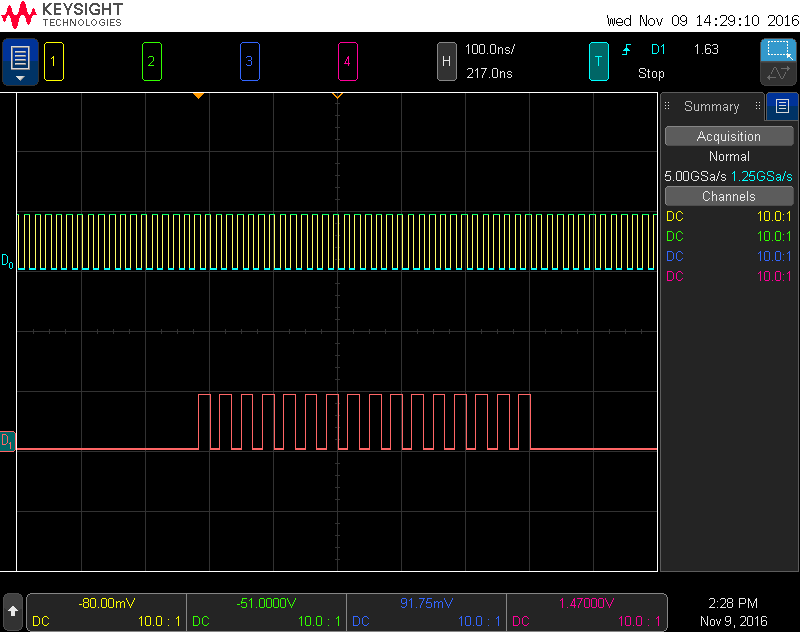Whilst this is an older, NRND, board its files could still prove to be a useful example for EPI <> FPGA linking on TM4C129 parts which have EPI. The Stellarisware distribution has the microcontroller side of things, but seems to be devoid of the FPGA side of things. The DK-LM3S9B96 user manual references loading a new image onto the fabric configuration memory, and makes reference to source files vregs.v, mport.v, arb.v, vlcd.v, vregs.v, vcapture.v and async_fifo_64.v. That suggests one should be able to regenerate the fabric configuration from source, but these files don't appear to be in the downloadable version of the board SDK or indeed the complete Stellarisware release (unless I'm being unusually blind today).
Two questions then :
1) Are these files supposed to be publicly available (seems odd to reference files one cannot get) ?
2) If so, where should one get them from ?


